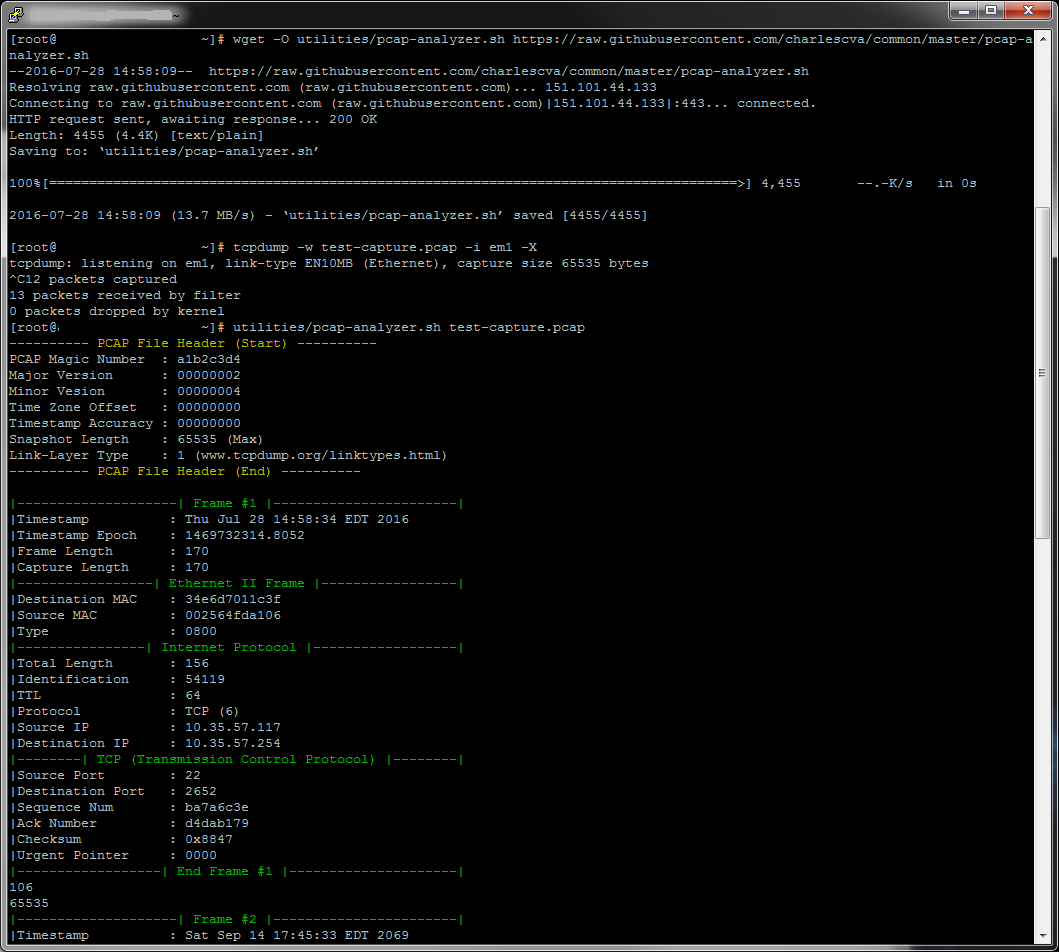



In case `tcpdump` is not installed on your container, you can easily install it using the package manager for your distribution.

This will open up a terminal window in your browser that you can use to connect to your container. Once you've selected your container app, click on the " Console" option under the "Monitoring" blade. To access the Azure Container App Console, navigate to your container app in the Azure Portal. Step 1: Accessing the Azure Container App Console In this blog post, we'll walk you through the process of collecting a network trace on Azure Container App using the ` tcpdump` tool. One of the best ways to do this is by collecting a network trace. This is a better solution than using MMA.If you're running an application on Azure Container App, there may come a time when you need to troubleshoot network issues. It works great: etl2pcapng.exe c:\MYCAP1.etl c:\MCAPCONVERT.pcapng There’s now a free tool that will convert these ETL files to PCAPNG files. Go to File, Save As, All Messages, Export to export it as a CAP This ETL file is converted using Microsoft Message Analyzer:Ģ. You can obviously change the capture name and location if you want. The default maxSize is 250MB but it can be changed. The ETL file can be sent to anyone to convert it to a PCAP file for Wireshark viewing. Netsh trace start capture=yes IPv4.Address=X.X.X.X overwrite=no maxSize=500 tracefile=c:\MYCAP1.etl Or you can add an IP Address you want to target: If you ever need to do a packet capture on a Windows PC/Server and you don’t have or can’t install Wireshark, you can run this Windows command: netsh trace start capture=yes overwrite=no maxSize=500 tracefile=c:\MYCAP1.etl Set a size and rotate the log files: tcpdump –nni -C -W -v –w Įxample for us using 1G of space (you can adjust it) and timestamp the output cap file: tcpdump -nni eth0 -v -C 1000 -W 10 -w ~/"oncore-prod_`date '+%Y-%m-%d_%H:%M:%S'`.pcap" :space after date


 0 kommentar(er)
0 kommentar(er)
